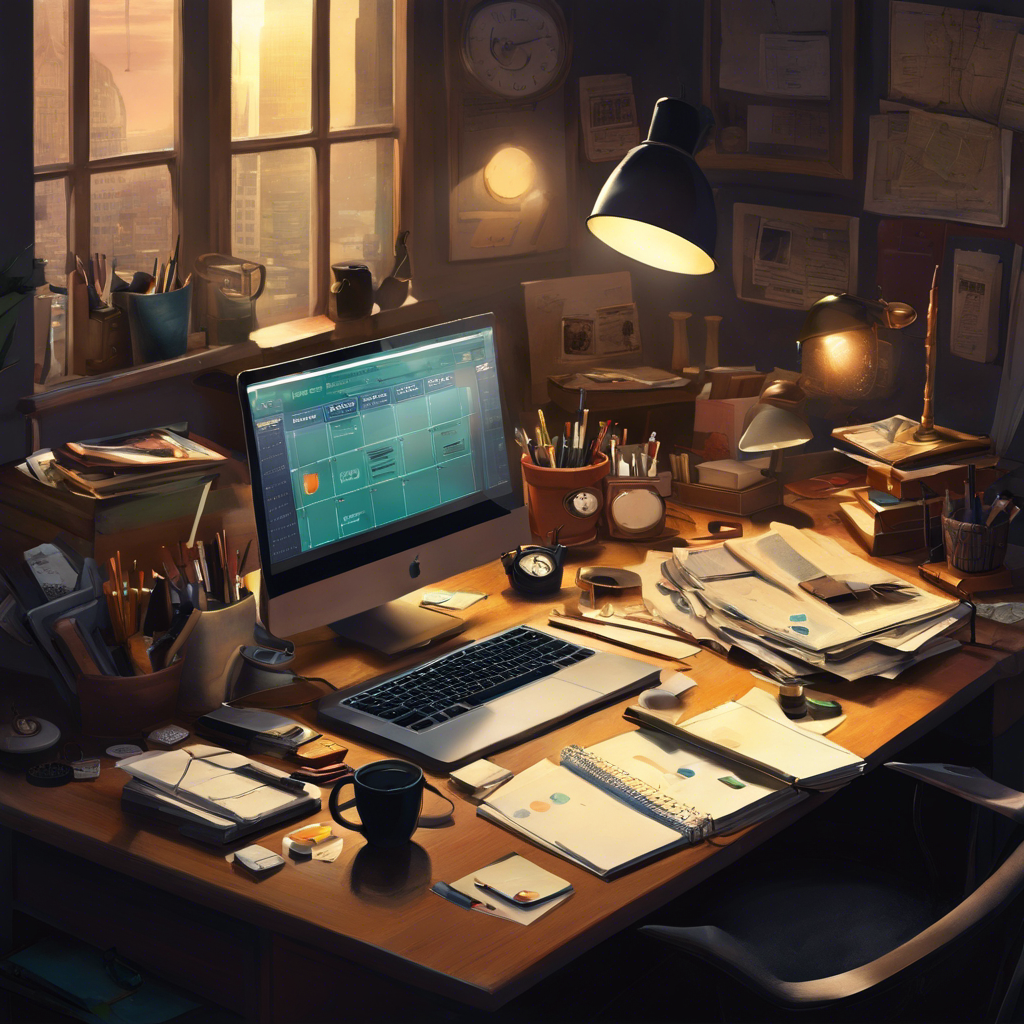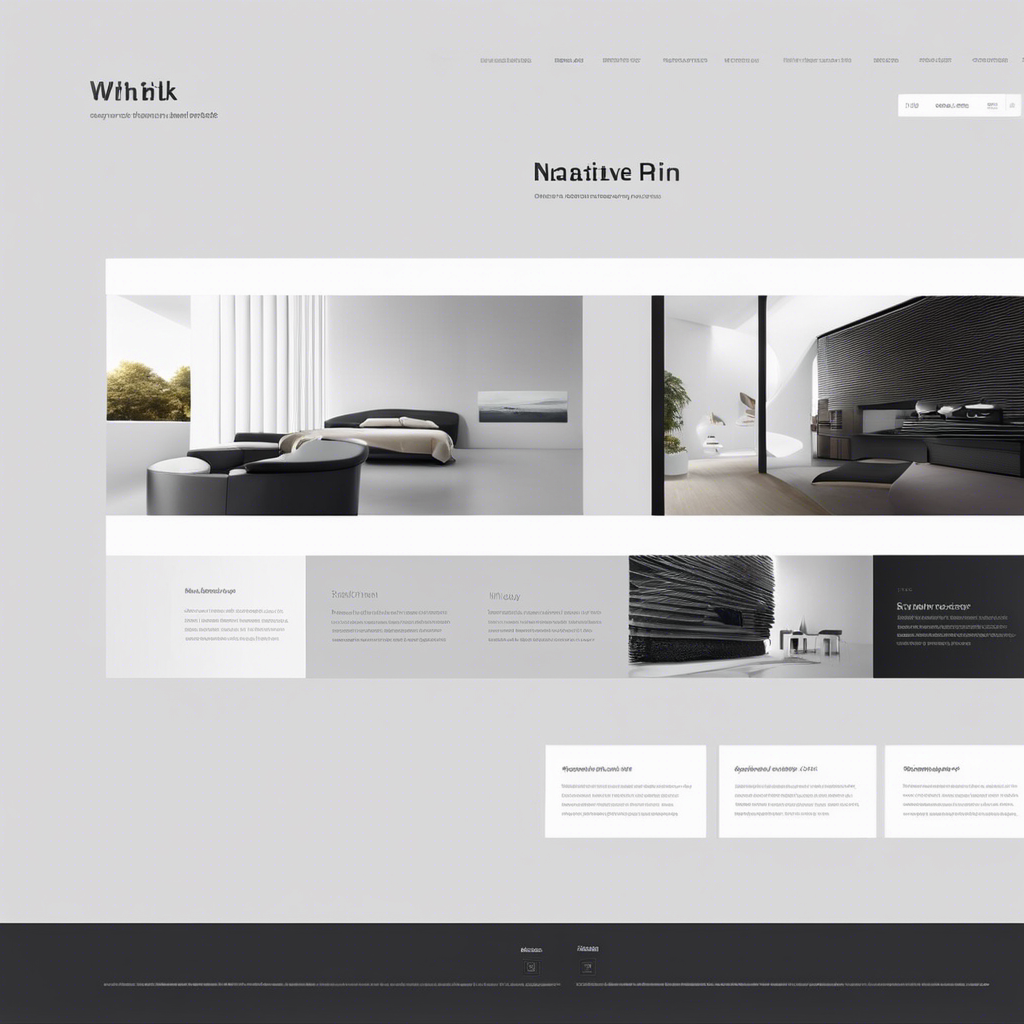Ever heard the saying, ‘Time is money’? Well, when it comes to web designers, it holds true.
You’re probably wondering how many hours a web designer works during the week. Let me break it down for you. On average, a web designer typically puts in around 40 hours per week. Now, this can vary depending on whether they work full-time, part-time, or freelance.
Daily, they’re responsible for creating visually appealing and user-friendly designs, understanding client needs, and researching target audiences. However, it’s important to note that work hours may fluctuate based on project deadlines and requirements.
So, if you’re considering a career in web design, be prepared to put in the time to create stunning digital experiences.
Key Takeaways
- Web designers typically work around 40 hours per week, but this can vary based on their employment type (full-time, part-time, freelance).
- Full-time web designers follow traditional business hours and may need to work longer hours or on weekends to meet project demands and deadlines.
- Part-time web designers have around 20 hours per week, offering more flexibility but lacking benefits and job security compared to full-time positions.
- Freelance web designers have the highest flexibility in setting their work hours, but they need to effectively manage their time and workload to ensure success.
Typical Work Hours for Web Designers
If you’re a web designer, you may be wondering about the typical work hours for your field.
The typical workweek for web designers usually consists of around 40 hours. This can be divided between full-time, part-time, or freelance roles.
In full-time employment, web designers generally work traditional business hours, which could include overtime to meet project deadlines.
Part-time employment offers around 20 hours per week, providing flexibility but often lacking benefits and job security.
In-house web designers typically follow traditional business hours but may have more flexibility compared to agency designers.
Freelance web designers enjoy the highest flexibility in setting their rates and work hours. However, they may face instability, periods without work, and lack of job security or benefits.
Factors Influencing a Web Designer’s Workload
To understand the factors that influence your workload as a web designer, consider the following aspects of your job.
As a web designer, your workload can be influenced by the type of employment you have. Full-time employment typically involves a 40-hour workweek, while part-time employment offers around 20 hours per week. Freelance web designers have the flexibility to set their own rates and work hours, but may experience periods without work.
Another factor that influences your workload is the range of design topics you’re proficient in. Having a diverse skill set in graphic design and web development allows you to take on a wider variety of projects, potentially leading to a higher workload. Additionally, if you have completed design bootcamps or have additional certifications, you may be more in demand, resulting in a busier workload.
It’s important to consider the pros and cons of each employment type and the impact they may have on your workload as a web designer.
Variations in Work Hours for Full-Time Web Designers
Full-time web designers typically work a standard 40-hour week, with variations in work hours depending on project demands and deadlines. As a full-time web designer, you can expect to work in an office setting, where you’ll have the opportunity to gain hands-on experience and collaborate with other professionals.
Your work hours may vary depending on the workload and the urgency of the projects you’re working on. This means that there may be times when you need to work longer hours or even on weekends to meet deadlines. It’s important to be prepared for this level of flexibility and dedication in your work.
Part-Time Web Design and Its Impact on Hours Worked
Part-time web design can significantly affect the number of hours you work each week. Part-time employment typically offers around 20 hours per week, providing more flexibility but lacking benefits and job security.
Freelance web designers have even higher flexibility in setting their work hours, but they face instability and periods without work. It’s important to note that part-time roles in web design may not provide the same level of stability and benefits as full-time positions, which offer an average of 40 hours per week.
However, if you’re looking for flexibility and are willing to trade off some stability, part-time web design can be an excellent option. Whether you have a design certificate or are looking to learn web design, part-time or freelance work can fit into your schedule outside of regular business hours.
Work Hours for Freelance Web Designers
If you’re a freelance web designer, you may be wondering how many hours you should expect to work during the week. Working as an in-house designer typically requires a set number of hours per week, but as a freelancer, it’s up to you to determine your work hours.
Designers are responsible for managing their own time and workload, so it’s important to find a balance that works for you. Some freelancers choose to work part-time, while others may work full-time or even more hours to meet client demands.
It’s also worth noting that freelancers may experience periods without work, so it’s important to have a portfolio to showcase your skills and attract clients. If you’re looking to learn new skills or expand your knowledge, certificate courses or bootcamp classes can be a good option.
Try searching for live or online options, such as a Design Certificate, to learn the skills you need to succeed as a freelance web designer.
Frequently Asked Questions
How Many Hours a Week Do Web Designers Work?
As a web designer, you typically work around 40 hours per week. Balancing work and life can be challenging, but productivity tips, remote work opportunities, and continuous learning are essential for success in this field.
What Is the Typical Work Day of a Web Designer?
As a web designer, your typical work day involves creating visually appealing designs, understanding client needs, and researching target audiences. You’ll use essential skills, tools, and software to improve productivity and tackle challenges in user experience. Collaboration, creativity, and functionality are key in effective web design. Stay updated with the latest trends to thrive in the future.
Do Web Designers Work Weekends?
Web designers often have the flexibility to work on weekends, allowing them to balance their work and personal life. Some may take on additional freelance projects, find inspiration, attend industry events, or learn new skills during their downtime.
Is Web Design a Stressful Job?
Web design can be a stressful job, but there are coping strategies to manage it. Balancing work and personal life is crucial, and stress can impact productivity. Tips for managing stress include self-care and creating a positive work environment.




